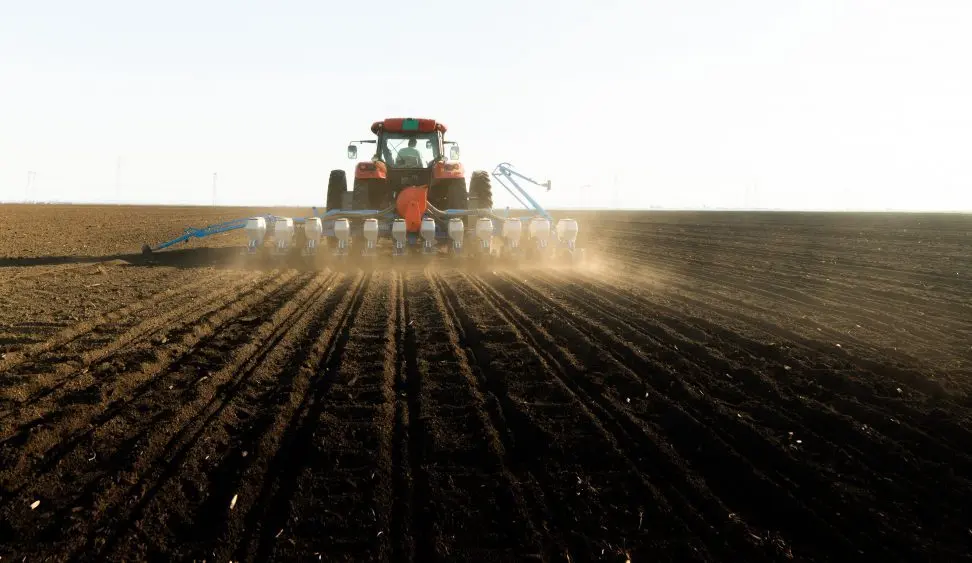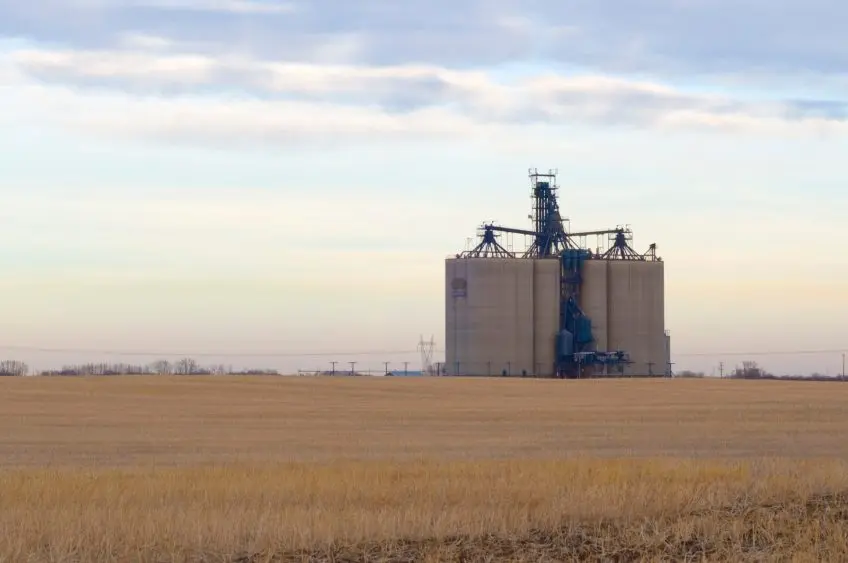
The Department of Labor has finalized a new interim rule revising agricultural wage rates across all 50 states and Puerto Rico—an effort aimed at increasing predictability and reducing volatility in labor costs for U.S. farmers. The rule updates how the Adverse Effect Wage Rate (AEWR) is calculated under the H-2A guestworker program, which allows agricultural employers to hire foreign workers for seasonal jobs when domestic labor is unavailable.
Under the new methodology, the Department will use Occupational Employment and Wage Statistics (OEWS) data to establish occupation-based wage rates instead of relying solely on the broader farmworker average. The Department of Labor says the change will ensure fair pay for workers while providing employers with more consistent and transparent labor costs.
The new rule replaces the 2023 AEWR framework, which was vacated earlier this year by a federal court. Farmers had long criticized the previous system for creating large year-to-year wage swings that complicated financial planning.
American Farm Bureau Federation President Zippy Duvall said, “For many farmers, prices for the products they raise are low while production expenses are at record highs, so a fair wage rate is essential. In most states, the new rates will help farmers afford to get crops from the fields to the tables of America’s families.”
Duvall added, “This new rule holds promise for many farm families who would be out of business if not for the H-2A program. We look forward to working with the administration to ensure more transparency, predictability and clarity as it implements the rule, and we remain committed to working with Congress for more lasting reforms that provide mutual benefit for workers and farmers.”
According to the Department of Labor, the new wage structure is effective immediately for new H-2A job orders and is considered an interim final rule, meaning it will take effect while the agency collects additional public feedback. Early estimates suggest the rule will reduce average wage rates in several states by between $1 and $3 per hour compared to 2024 levels, depending on the region and type of agricultural work.
Farm groups such as the American Farm Bureau Federation and the National Council of Agricultural Employers have praised the rule as an important step toward stabilizing labor costs. Worker advocates, however, warn that lower wage rates could erode pay standards and worker protections. The Department of Labor maintains that the rule strikes a balance between protecting fair compensation and maintaining the financial sustainability of U.S. farms.
The regional impacts are expected to vary significantly. Producers in high-cost states like California, Washington, and Oregon—where AEWR rates were among the nation’s highest—may see the largest wage decreases. In contrast, farms across the Midwest and Southeast are likely to see minimal changes or modest reductions, potentially improving competitiveness for row-crop, dairy, and specialty crop operations.
The rule underscores a broader debate in Congress over agricultural workforce reform, as lawmakers continue to push for long-term legislative changes to modernize the H-2A program and address the ongoing labor shortage facing U.S. agriculture.



